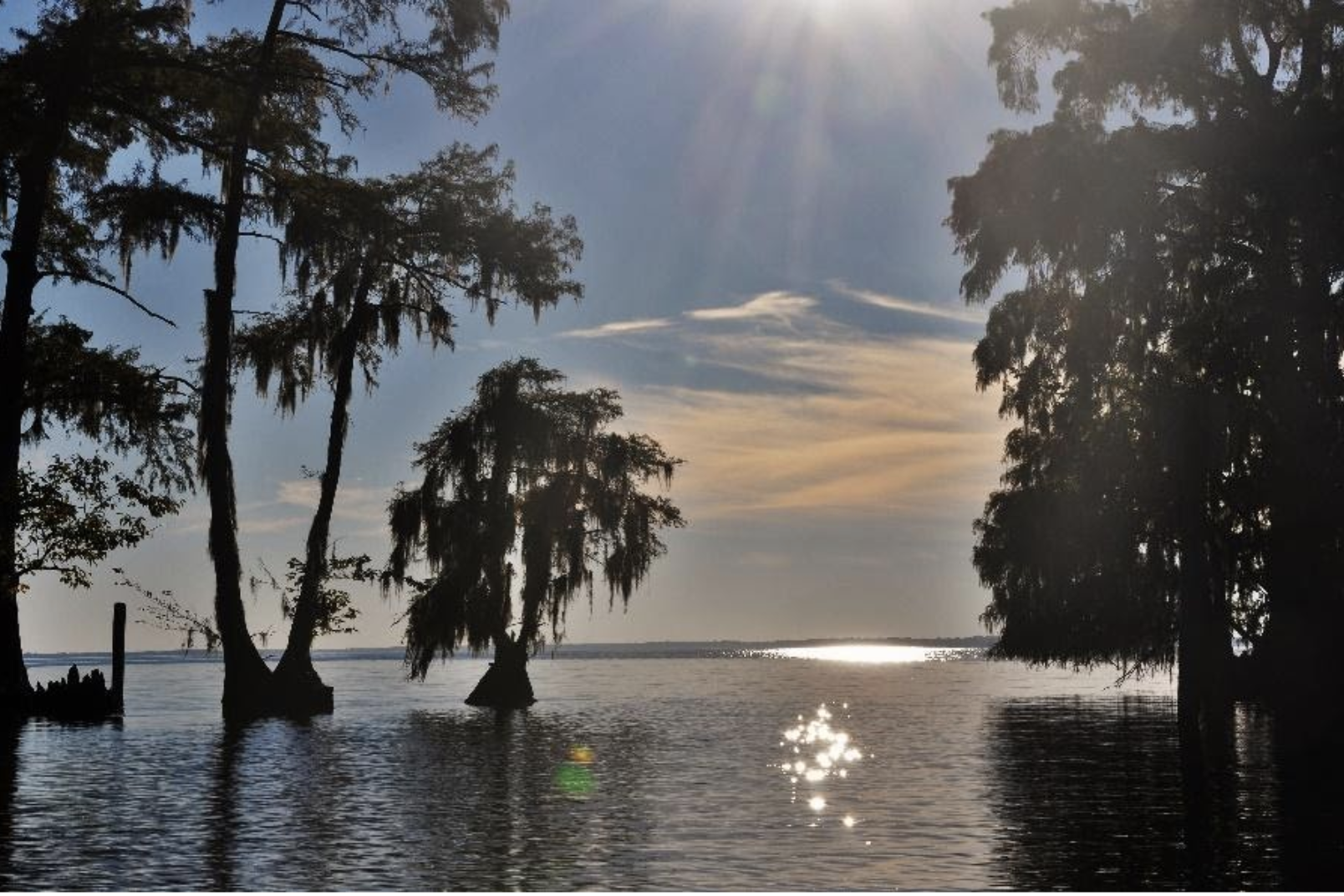Looking into your Waterways
By Colleen Karl, Chair Chowan Edenton Environmental Group

You live in a region surrounded by water. The Albemarle-Pamlico Sound area is the 2nd largest estuary in the world and throughout North Carolina’s history, the Albemarle Sound has been important to the people living near its rivers and streams. As Chowan County residents have known from the earliest days of colonization, the Sound, the Chowan River, and its tributaries generate a special sense of environmental stewardship. The fisheries bearing local family names are plentiful along the shorelines; the ancestral acreage that parallels the river is either still active farmland or the farms have become valuable conservation lands; and for many, the sandy beach outcrops, popular as family vacation destinations for years, continue today as organized waterfront communities. The management and oversight of this valuable natural resource will always be our responsibility.

The Albemarle waterways are used today for commercial and recreational endeavors. The late summer crabbers set their pots with bug fish bait trailing the salt wedge that migrates up our river. Commercial blue crab landings for 2019 in North Carolina were approximately 22.3 million pounds; many come from our local waters. In 2020, the state recognized the decline in blue crab population yearly stock due to overfishing and put in place a new action plan to best manage this fishery. Conservation of our fishery resources for future generations is inherent in our thinking. The local waterways host innumerable fishing tournaments, water adventures in canoes or kayaks, and water sports of all kinds. Visitors to the Albemarle area and local residents capture the beauty of the stately cypress trees growing in these shallow waters as the sun sets over these rich waters in photographs and paintings. Life is good in this part of the world.
The Chowan River has water that does not move in and out quickly; or as the scientists say, the water has a long residence time. This may be good for crabbing but perhaps, not so beneficial for the movement of undesirable debris and chemicals out of the system. As the sailors will tell you, we depend on the wind. Many of the soluble molecules that enter the Chowan River from the swamp forest tributaries will be pushed back and forth by the wind as they settle out or slowly make their way downstream. This slow motion of the water that characterizes the Chowan River has remained the same for many years, but other things have changed. We turned away from watching the tiny incremental changes in water quality for many years with the hope that the river system balance would return as part of a normal cycle. Forty years ago, the water quality in the Chowan River was so degraded that it required EPA action and a working agreement with Virginia to clean up the problems (CHORE project); and just 10 years ago, invasive Hydrilla lined the shorelines and clogged canals throughout the area. Our protective watchful eye missed a few significant changes and the quality of this natural resource was compromised very quickly.
As a community, we stand once again at a crossroad. We have experienced 6 years of significant cyanobacteria blooms on the Chowan River and in its tributaries; we have all seen the discolored water and dealt with the musty odor. And, we have read the reports about toxins that are emitted from these organisms, so we wisely keep our pets and small children out of the water when it is split pea green in color or if we see the clumps of algal cells in the water column.

What changes will we make to protect this river? What information concerning the toxic nature of the cyanobacteria blooms do we need to be safe as we live and work around these waters? What can we do by working together to agree on scientifically vetted strategies to reduce nuisance algal blooms? We encourage every citizen of the Chowan River Basin to keep their “eyes on the water” and to get involved in positive actions to help our state provide resources to maintain the health of this historically important ecosystem.
Contact the Chowan Edenton Environmental Group for more information.




1 Comment